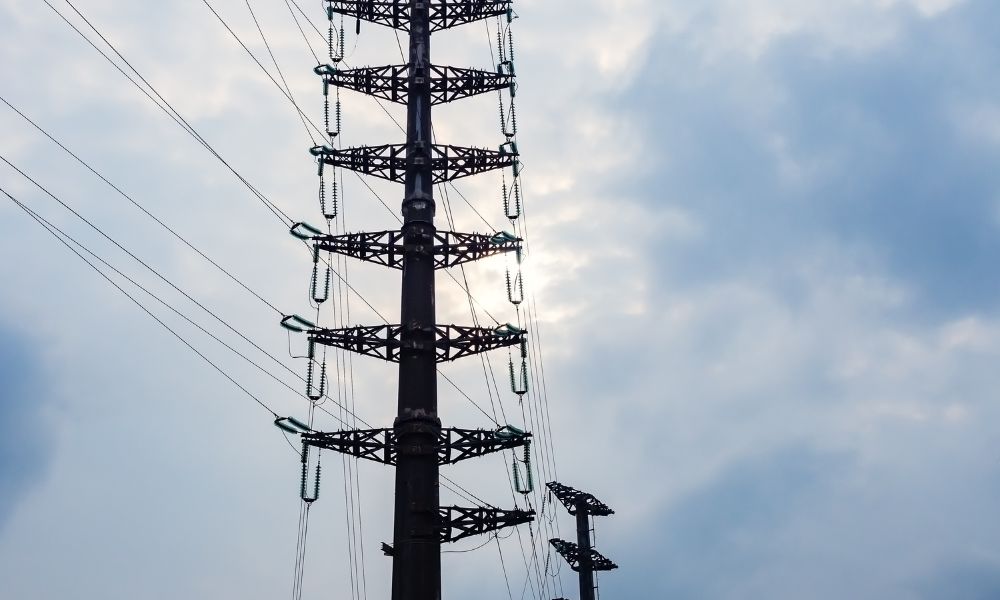

Utility poles provide support for electrical and communication lines. When these robust structures deteriorate or sustain damage, prompt repair or replacement is essential to ensure electrical safety and to provide crucial services. Learn three signs it’s time to repair or replace a utility pole.
Severe weather, insect infestations, and woodpecker activity can cause poles to decay or rot and increase susceptibility to storm damage. Utilities should replace infrastructure that is exhibiting excessive dryness, chipping, and soft or discolored wood.
Assessing and replacing poles is one of the most effective methods for strengthening the electric grid. Perform regular inspections to detect damage early and mitigate the risk of collapse.
Leaning is another sign it’s time to repair or replace a utility pole. Soil erosion, extreme weather, or shifting ground conditions can cause the posts to tilt.
A leaning pole is too unstable to provide secure support for heavy lines. Additionally, the tilting structure poses a safety hazard to pedestrians, vehicles, and the environment.
Most utility poles are buried about six feet into the ground, making it less likely for poles to fall. Still, act quickly when you see a leaning structure. Place warning tape around the crooked pole to keep passersby away, then schedule a repair or replacement.
If you notice loose, damaged, or slack power lines, the utility company must intervene to make corrections. Decayed electrical wire insulation increases the risk of severe electrical hazards. Electrical currents can travel to nearby metal objects, such as fire hydrants, and shock people who touch the metal.
Similarly, slack wires may hang too low due to incorrect power pole installation. Touching these wires can cause shocks, and if the wires touch vegetation, they can start a fire.
Regularly check utility poles for visible damage, decay, and leaning, and inspect poles for damaged or slack power lines. Promptly repairing or replacing components can improve public safety and prevent service disruptions.
24World Media does not take any responsibility of the information you see on this page. The content this page contains is from independent third-party content provider. If you have any concerns regarding the content, please free to write us here: contact@24worldmedia.com

Digital ad market on mend as Meta, Alphabet, Snap show faster growth

Gabriel Magalhaes to sign new Arsenal deal

Microsoft Security Vulnerabilities Decreased by 5% in 2023

Economy increased at a 1.6% rate

Get a Lifetime Subscription of FastestVPN for just $40

Man Utd & Chelsea keeping tabs on 21yo Bundesliga star

Google search boss Raghavan warns employees of ‘new operating reality’

The World’s Top-Grossing Language Learning App is Only $150

Chelsea want to negotiate terms for Victor Osimhen deal

Wall Street analysts pick these 3 dividend stocks for higher returns